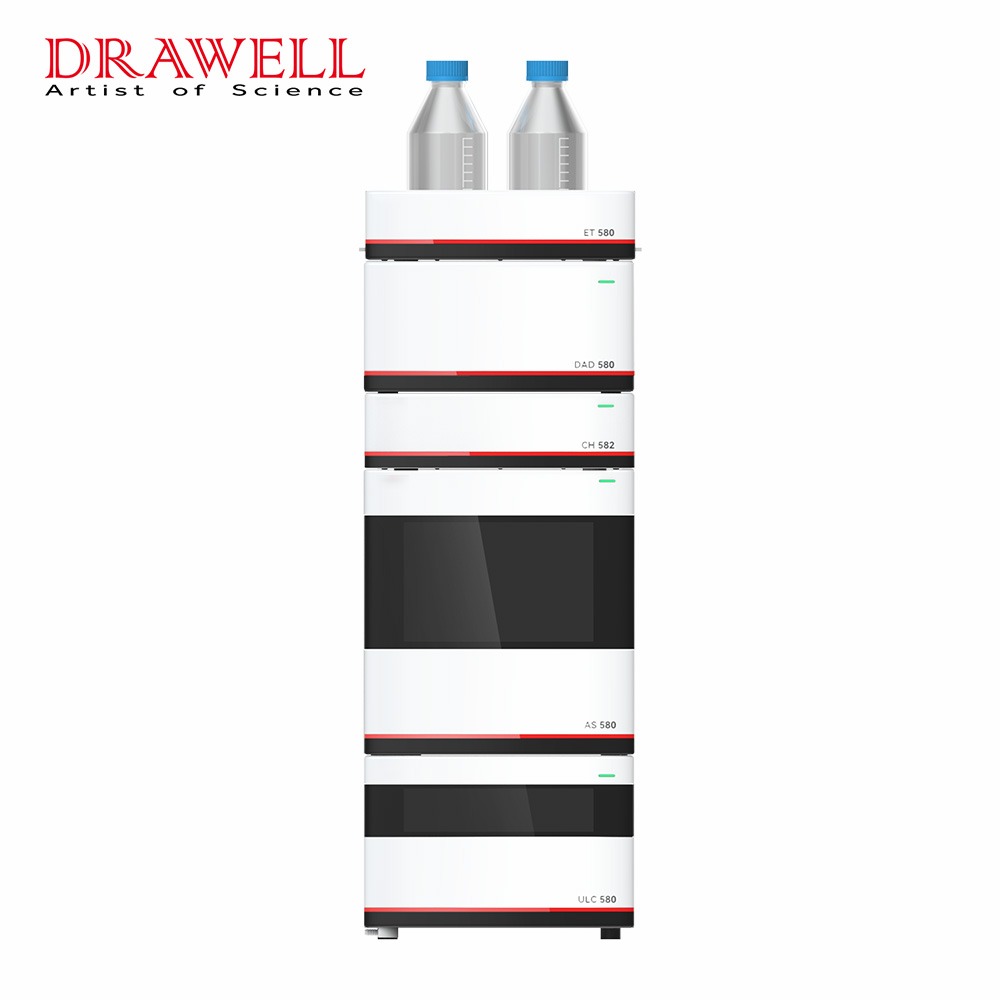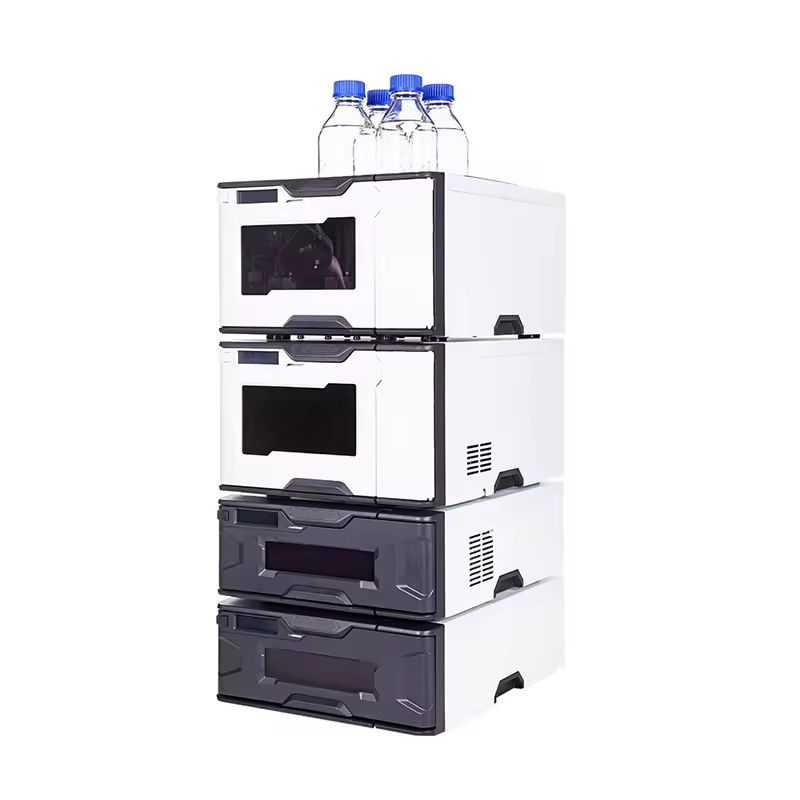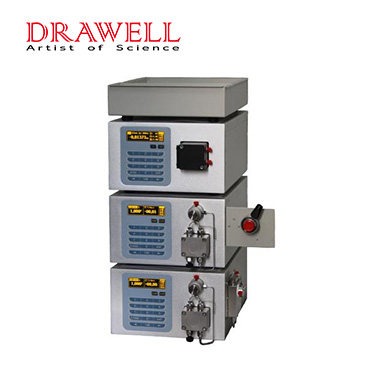High-Performance Liquid Chromatography (HPLC) has made significant advances in recent years, putting it to the forefront of analytical procedures. HPLC, as a cornerstone of modern analytical chemistry, is critical in separating, identifying, and quantifying molecules with high accuracy and efficiency. In this article, we explore the cutting-edge advancements that are reshaping the landscape of High Performance Liquid Chromatography, pushing the boundaries of what is achievable in analytical science.
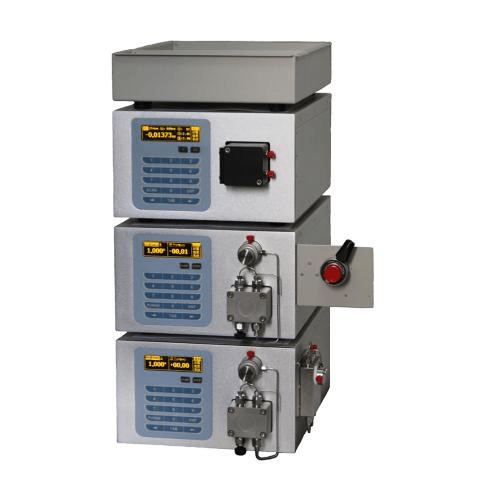
1. Particle Technology and Stationary Phases in High Performance Liquid Chromatography
Sub-2 Micron Particles
One of the most remarkable achievements has been the use of sub-2 micron particles in stationary phases. These ultrafine particles boost chromatographic efficiency dramatically, allowing for faster separations and higher resolution.
Core-Shell Particles
Increased sensitivity and reduced analysis time are now available to researchers. The use of core-shell particles has resulted in a paradigm shift in chromatographic performance. Core-shell particles offer greater mass transfer by combining a solid core with a porous shell, leading in higher resolution and faster analysis.
2. Column Technology in High Performance Liquid Chromatography
Monolithic Columns
Monolithic columns, which are distinguished by a single, continuous piece of stationary phase, are transforming chromatography. Monolithic columns are used in pharmaceutical research, bioanalysis, and other fields because they reduce backpressure and increase analysis speed.
Temperature-Controlled Columns
Separation science gains a new level with the incorporation of temperature-controlled columns. Researchers can improve resolution and separation selectivity by regulating temperature conditions. This is very useful when analyzing thermally sensitive chemicals.
3. Ultra-High-Pressure Liquid Chromatography (UHPLC)
Higher Pressures, Faster Analyses
The transition from HPLC to UHPLC involves operating at significantly higher pressures. This breakthrough enables the use of much smaller particle sizes, resulting in faster separations without sacrificing resolution. UHPLC stands for higher efficiency and shorter analytical times.
Reduced Environmental Impact
UHPLC’s ability to operate at higher pressures translates to reduced solvent and sample consumption, making it not only a faster but also a more environmentally friendly option. This aligns with the growing emphasis on sustainable analytical practices.
4. Advanced Detectors for High Performance Liquid Chromatography
Mass Spectrometry (MS) Integration
The integration of HPLC with mass spectrometry has become commonplace, offering a powerful synergy of separation and identification. This coupling enhances the scope of analyses by providing detailed structural information, making it indispensable in fields such as proteomics, metabolomics, and pharmaceutical research.
Multi-Dimensional Detectors
Modern HPLC systems are equipped with multi-dimensional detectors capable of simultaneously measuring various parameters. Combining UV absorption, fluorescence, and refractive index detection in a single run enhances the specificity and reliability of analyses.
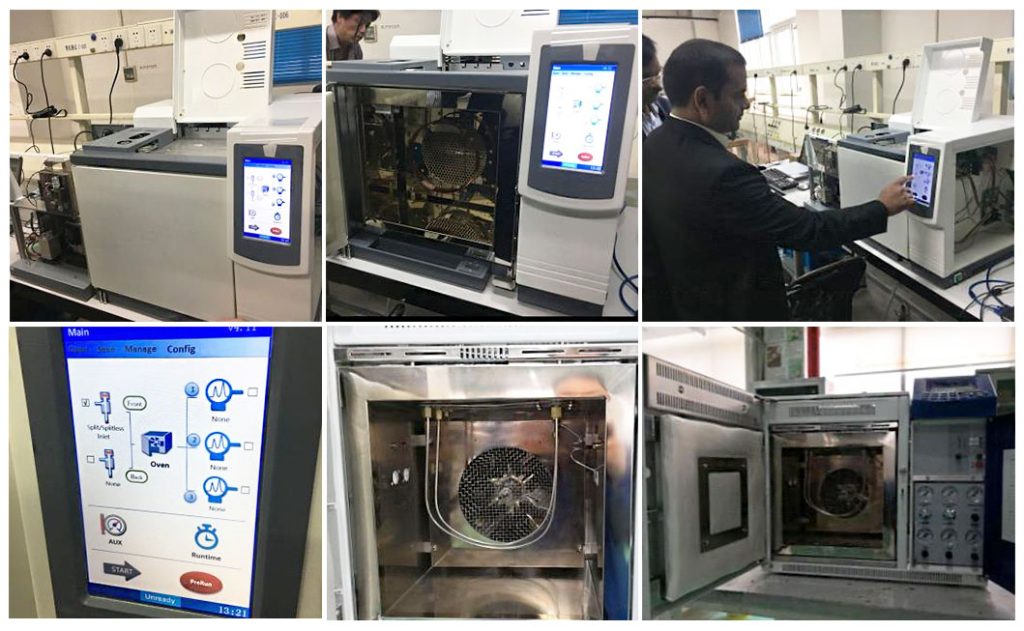
5. Automation and Software Innovations in High Performance Liquid Chromatography
Automated Sample Handling
Automation has become a cornerstone of HPLC advancements. Automated sample handling systems streamline processes such as sample preparation, injection, and data analysis. This not only increases reproducibility but also boosts overall laboratory efficiency.
Intelligent Software Solutions
The integration of intelligent software into HPLC systems has transformed the user experience. These advanced software solutions facilitate method development, optimization, and data analysis, providing researchers with powerful tools to extract meaningful insights from complex datasets.
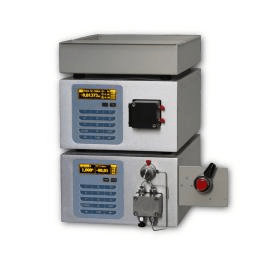
6. Application Diversity in High Performance Liquid Chromatography
Chiral Separations
HPLC has evolved into a premier tool for chiral separations. Advancements in chiral stationary phases and column technologies have expanded the use of HPLC in pharmaceutical and agrochemical industries, where enantiomeric purity is critical.
Glycomics and Proteomics
HPLC’s high resolution and sensitivity have made it indispensable in glycomics and proteomics. The precision and speed provided by contemporary HPLC systems have substantially aided the analysis of complex biological materials such as proteins and glycoproteins.
Conclusion
The field of High Performance Liquid Chromatography is experiencing a resurgence, powered by a tireless quest of analytical perfection. Each improvement, from particle technology to sophisticated detectors and automation, adds to making HPLC faster, more efficient, and more adaptable than ever before. The future promises even more interesting discoveries as researchers continue to push the boundaries of what is possible, ensuring that HPLC remains at the forefront of analytical chemistry for years to come.

